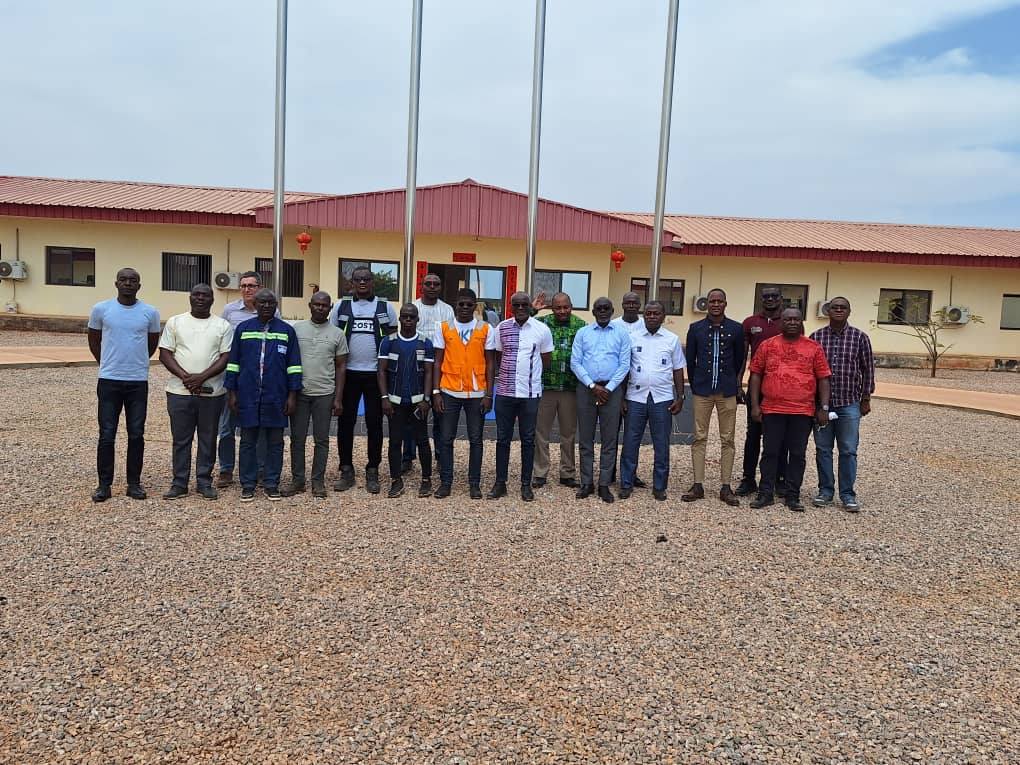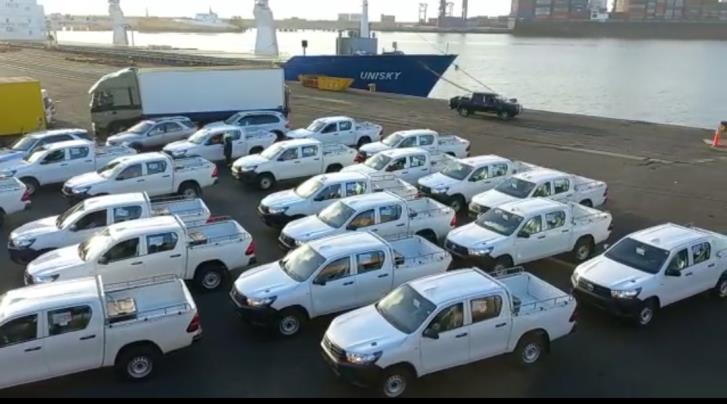As part of a regular tour of the Ivorian railway network, SITARAIL’s Director General, Simplice ESSOH, accompanied by his Management Committee, visited the construction site of the massive integrated dry port in Ferkessédougou, located in the Tchologo region.
A Landmark Project to Strengthen the Logistics Network
The Ferkessédougou dry port, developed on a sprawling 732 hectares by the Chinese consortium COMPLIANT, is a key component in Côte d’Ivoire’s transport infrastructure development strategy. This new facility is designed as a natural extension of the Ivorian seaports, significantly enhancing the country’s logistical capacity.
The ambitious project plans to connect the dry port to the Abidjan-Ouagadougou railway network through a branch line comprising four railway tracks. This strategic connection will serve four critical operational zones:
- The hydrocarbon zone
- The container zone
- The livestock zone
- The bonded/non-bonded zone
Significant Benefits for the West African Hinterland
Once completed, the Ferkessédougou dry port is expected to play a major role in streamlining commercial exchanges in West Africa. In the long term, this modern infrastructure will facilitate the supply chain for Burkina Faso, Mali, and the entire hinterland, eliminating the need for these regions to rely solely on the ports of Abidjan or San Pedro for handling their goods. This will result in significant reductions in logistics costs and transportation delays.
A Strategic Investment for the Future
Simplice ESSOH’s visit underscores SITARAIL’s commitment to developing transport infrastructure and modernizing the Ivorian railway network. This project, emblematic of successful international cooperation, reflects the country’s determination to boost its economic attractiveness and strengthen its role as a regional hub.
Work on the Ferkessédougou site is progressing rapidly, and authorities are optimistic that the inauguration of this integrated dry port will mark a decisive turning point for regional trade. The economic and logistical benefits are expected to extend to a wide range of stakeholders, from transportation operators to industrial and commercial enterprises established in the region.






